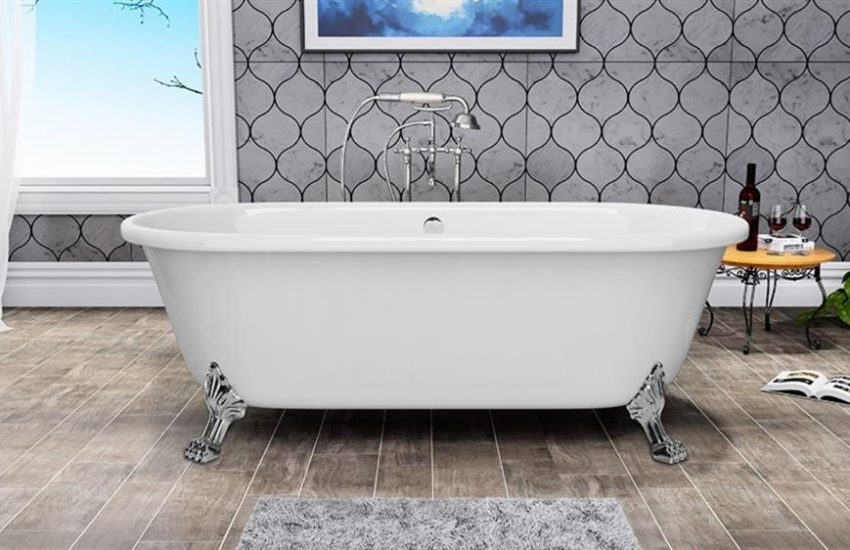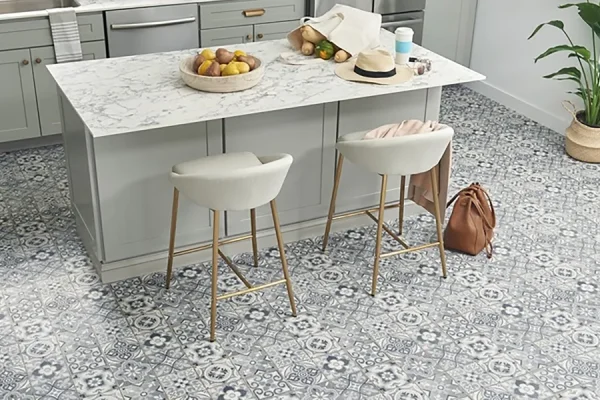Are there any specific considerations to keep in mind when installing sisal carpets in high-traffic areas?
When installing sisal carpets in high-traffic areas, there are several specific considerations to keep in mind to ensure optimal performance and longevity. Sisal carpets, made from natural fibers, can be durable and suitable for high-traffic areas, but they require proper installation and maintenance. Here are some key considerations:
Fiber Selection:
Sisal carpets come in different grades, and selecting a high-grade sisal with a tight weave and sturdy fibers can enhance its durability. Look for sisal carpets specifically designed for high-traffic areas or commercial settings, as they often have added strength and resilience.
Proper Installation:
Ensure that the sisal carpet is professionally installed using appropriate techniques and materials. This includes using a suitable carpet pad or underlay to provide cushioning and support, which can help absorb impact and reduce wear.
Moisture and Spill Protection:
Sisal is susceptible to water damage and staining, so it’s important to address spills and moisture promptly. Apply a protective treatment or stain guard to the carpet before installation to make it more resistant to staining. Additionally, consider using entrance mats or rugs in high-traffic areas to help capture dirt and moisture before it reaches the sisal carpet.
Regular Maintenance:
Regular and proper maintenance is crucial for sisal carpets in high-traffic areas. Vacuum the carpet frequently using a brush attachment or a vacuum cleaner specifically designed for use with natural fiber carpets. Avoid using rotating brushes, as they can damage the fibers. Promptly clean up spills using a dry, clean cloth or paper towel. Avoid excessive moisture when cleaning and never saturate the carpet with water, as it can cause shrinking and distortion.
Rotating Furniture and Rugs:
Consider periodically rotating furniture and rugs placed on the sisal carpet to distribute the wear and minimize the appearance of traffic patterns. Consider using furniture coasters or protective pads under heavy furniture legs to prevent them from sinking into the carpet and causing indentations or damage.
What are the benefits of adding padding or underlay beneath sisal carpets?
Adding padding or underlay beneath sisal carpets can provide several benefits, enhancing the overall performance, comfort, and lifespan of the carpet. Here are the key benefits of using padding or underlay with sisal carpets:
Increased Comfort: Sisal carpets are known for their natural, textured feel, but they can be firm underfoot. Adding padding or underlay provides a layer of cushioning, making the carpet more comfortable to walk on. It adds a bit of softness and helps reduce the impact of footsteps, providing a more pleasant experience.
Enhanced Sound Insulation: Sisal carpets can sometimes transmit sound, especially in areas with hard flooring beneath. Using padding or underlay can help absorb sound, reducing noise transmission and making the space quieter. This is particularly beneficial in multi-level buildings or rooms where noise reduction is desired.
Improved Insulation: Padding or underlay can contribute to better insulation properties by providing an additional thermal barrier. It helps retain warmth in the room, making it cozier during colder months. Additionally, the insulation can also help reduce energy costs by minimizing heat loss through the floor.
When choosing padding or underlay for sisal carpets, it’s important to select a product specifically designed for use with natural fiber carpets. Look for options that offer appropriate thickness, density, and moisture resistance to complement the specific requirements of sisal carpet installation. Overall, using padding or underlay beneath sisal carpets can significantly enhance comfort, durability, insulation, and maintenance, resulting in a more enjoyable and long-lasting carpeting experience.







